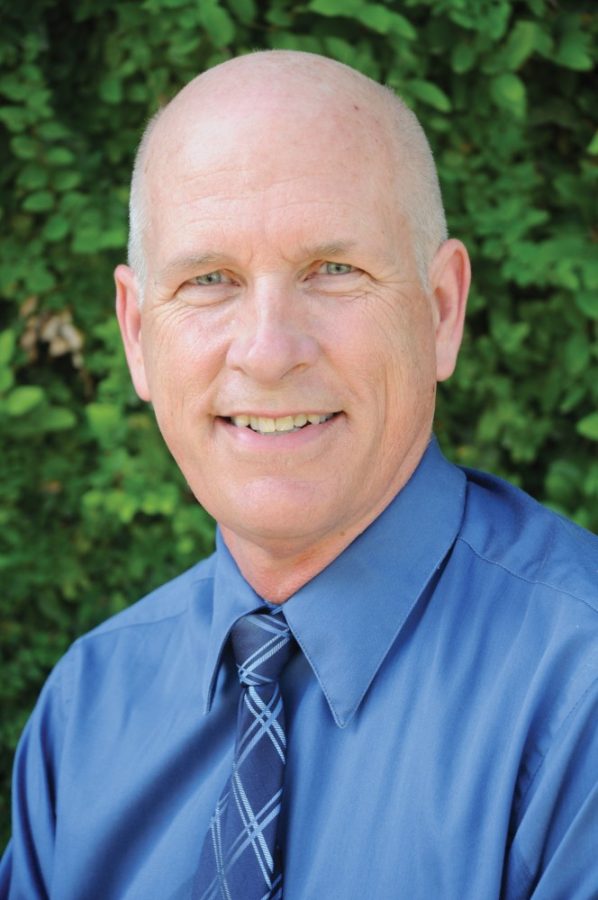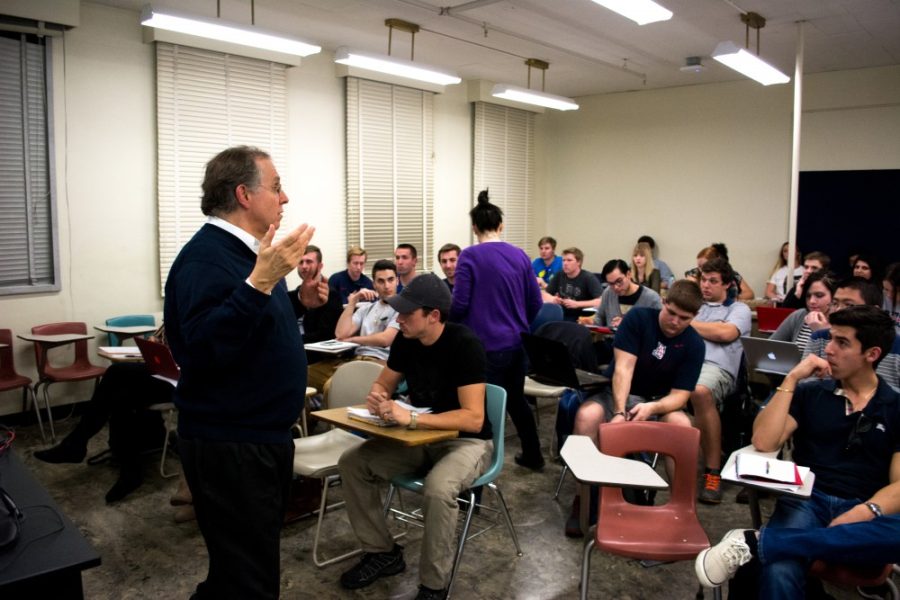The UA is trying to change the way it organizes science, technology, engineering and mathematics education activities across campus through the UA STEM Learning Center.
The purpose of the STEM Learning Center, which will launch in two weeks, is to coordinate the STEM education efforts already happening across the campus, said Bruce Johnson, interim co-director for the center and professor and department head of teaching, learning and sociocultural studies in the College of Education. There is currently no easy way to organize all these efforts.
“We want to serve that function and be the one-stop shop to gain access,” Johnson said. “We are trying to better coordinate the projects that are here, make them more accessible to people, and
target them to where the people most need it.”
Elliot Cheu, associate dean of the College of Science and professor of physics, was key in pushing for the STEM Learning Center. The UA is ideally situated to lead the endeavor, Cheu said.
“I think it’s important that the university is front and center on producing the STEM Learning Center because we have lots of resources and we have a lot of expertise on educating people in the STEM field,” Cheu said. “Of course, one of the things we want to do is to encourage people to come to the university for their educational pursuits. I think the community looks to the university for leadership and education, and so that’s kind of why we’re really going to be perfectly positioned to do this.”
The STEM Learning Center public launch will take place at the Flandrau Science Center and Planetarium from 4 p.m. to 6 p.m. on April 12. At the launch, members of the community and university, including Tucson Mayor Jonathan Rothschild and Provost Andrew Comrie, will speak about the importance of STEM education. The advisory board for the STEM Learning Center and staff members will also be introduced at the event.
The advisory board will be made up of people across various colleges at the UA as well as people involved in local businesses, STEM industries, community organizations and the K-12 school system.
The center will also include working groups focused on four priority areas: Building partnerships between the community and the UA; expanding STEM teacher recruitment, retention and development; supporting pre-kindergarten to college STEM education pathways; and conducting
STEM education research and evaluations. The working groups will made up equally of people from the UA and people from the community and local businesses.
There is a huge need for improved STEM education because businesses in the community are having a difficult time finding qualified STEM employees, Johnson added.
“We need to produce people from our school systems and our university for these careers,” Johnson added. “In our K-12 school system, the STEM education is becoming much more rigorous and much higher quality and we need to support those efforts, not just for those people who want to go into STEM careers, but for everyone to have a better understanding of things like math and science and tech and how that affects their daily life and decisions.”









